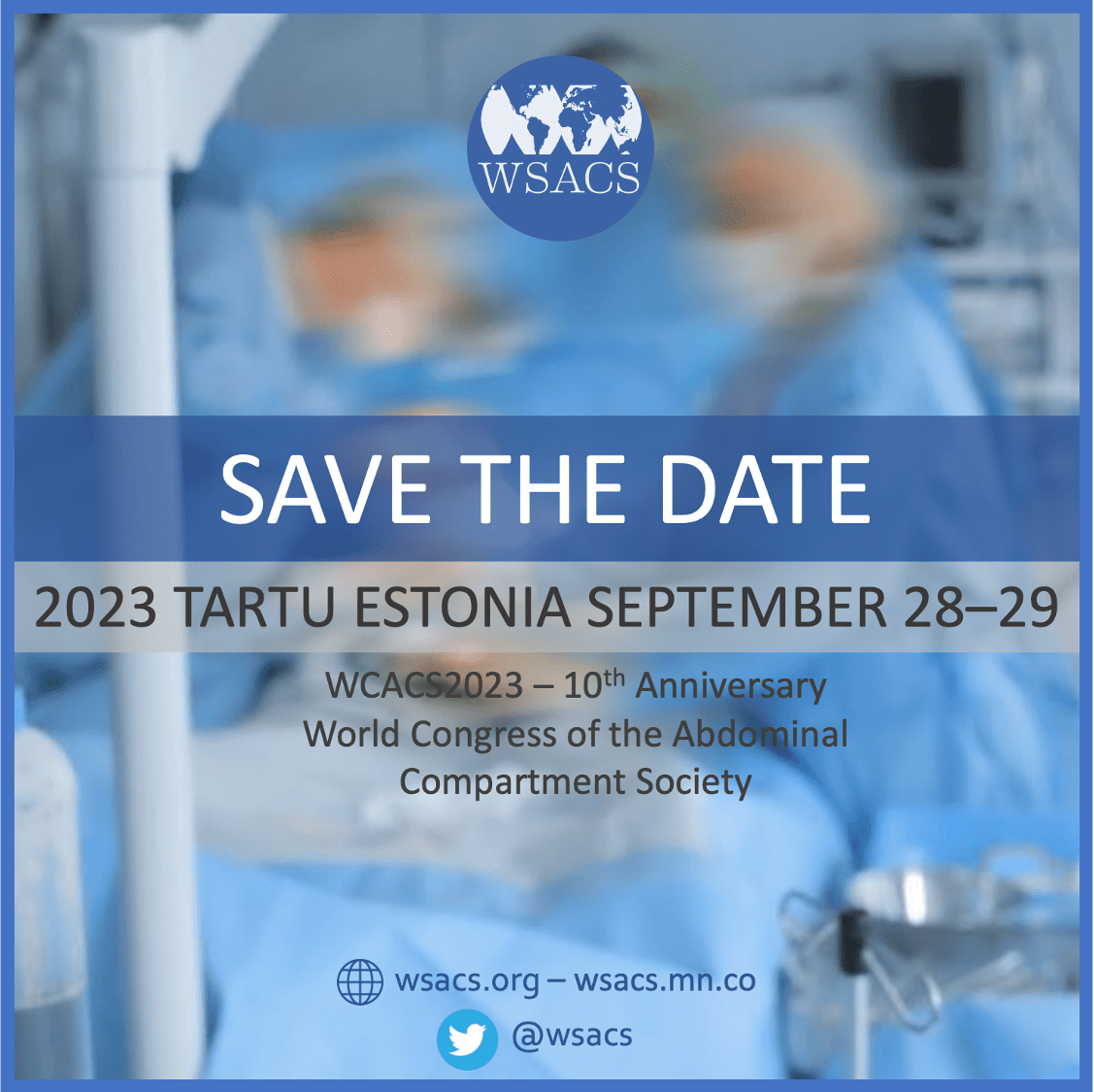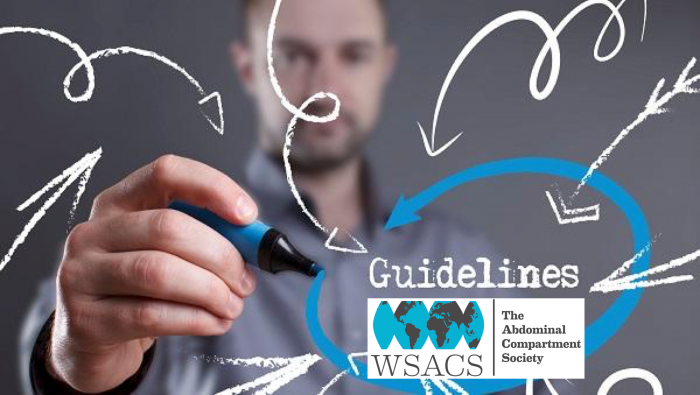WSACS Board members position statement on equity, diversity and inclusion (EDI)
 Position statement from the WSACS Board members on equity, diversity and inclusion (EDI)
Position statement from the WSACS Board members on equity, diversity and inclusion (EDI)
This position statement outlines the board’s current policies and practices aiming to achieve equity, diversity and inclusion:
- We will define, promote and prioritize equity, diversity and inclusion within our society and across all our work.
- We will monitor characteristics of our speakers, faculty and collaborators to ensure EDI related transparency.
- We will champion principles of EDI in all of our activities
- We will monitor and aim to recruit a diverse membership of the WSACS board members and ensure recruitment practices are transparent and adhere to our EDI principles.
- We will attempt to remove systematic barriers restricting those from under-represented groups (including women, racial and ethnic minorities) from progressing into leadership roles within our society.
- We will respond to threats and barriers to the EDI principles and practices we set.
We commit to embracing and embedding equity, diversity and inclusion in all our practices and regularly reviewing, improving and updating our policies and practices.
(applied for WSACS from S. Agarwal et al. Anaesthesia 2022;77(9):1018-1022. DOI: 10.1111/anae.15763. Epub 2022 Jun 27)
Position statement from the Editors of Anaesthesia on equity, diversity and inclusion. PMID: 36444898
Abstract
There is a need to prioritise equity, diversity and inclusion within anaesthesia and medicine as a whole. This position statement outlines the Anaesthesia Editors’ current policies and practices aiming to achieve equity, represent the diversity of our specialty and actively include people engaged with this journal and beyond. We will define, promote and embed principles of equity, diversity and inclusion across all our work. We will monitor and report author and editor characteristics and ensure recruitment practices are transparent and adhere to our principles on equity, diversity and inclusion. We will attempt to remove systemic barriers restricting those from under-represented groups from progressing into leadership roles within anaesthesia. We will respond to threats and barriers to the principles and practices we set. With these principles and specific actions we undertake, we aim to be pro-active rather than reactive. We commit to embracing and embedding equity, diversity and inclusion in all our practices and regularly reviewing, improving and updating our policies and practices.
Keywords: diversity; equality; inclusion; position statement.
© 2022 Association of Anaesthetists.
References
- Laveist TA, Pierre G. Integrating the 3Ds-social determinants, health disparities, and health-care workforce diversity. Public Health Reports2014; 129: 9-14.
- Flexman AM, Shillcutt SK, Davies S, Lorello GR. Current status and solutions for gender equity in anaesthesia research. Anaesthesia2021; 76: 32-8.
- Royal College of Anaesthetists. Medical Workforce Census Report 2020. 2020. https://rcoa.ac.uk/training-careers/working-anaesthesia/workforce-planni… (accessed 05/01/2023).
- Laycock H, Bailey CR. The influence of first author sex on acceptance rates of submissions to Anaesthesia cases. Anaesthesia2019; 74: 1432-8.
- Bissing MA, Lange EMS, Davila WF, et al. Status of women in academic anesthesiology: a 10-year update. Anesthesia and Analgesia2019; 128: 137-4
WSACS is a specialist society of ESAIC. Full list can be found here: https://www.esaic.org/about/specialist-societies/specialist-societies-membership/. Please find below what ESAIC applies today:
- All committee positions – ensure we give equal opportunities to male/female
- Speakers at events such as webinars, EA, ESAIC panels – ensure equal presentation male/female
- Endorsement of events – Prof. Matot keeps a close eye that the balance male/female is being presented
- Trainees present in nearly all committees – to ensure younger generation has a voice as well – eg new Focus meeting – concept will be developed with the TC
- Mindful of fact that not all countries have same financial means – overall strategy to lower fees for low and middle income countries
- Adapted membership fees
- Adapted fees to attend/participate to our activities
The following is planned as well:
- Ensure we update the call for applications for all new positions in ESAIC with the following statement: “At ESAIC we are committed to providing equal opportunities to all. The application, nomination and recruitment decisions are based on the individual and the qualifications along with the responsibility. The selection process is without regards to nationality, gender, age, ethnicity, or disability.”
- Update our mission and vision including ESAIC’s statement on diversity, equality, and inclusion with “At ESAIC, we consider multiculturalism and diversity as strengths. Diversity and inclusion are the fundamental values of our Society and central to our activities, programmes, mission and vision.”
Please also have a look at this Newsletter article from the Chair of the ESAIC Gender Equity Committee.










